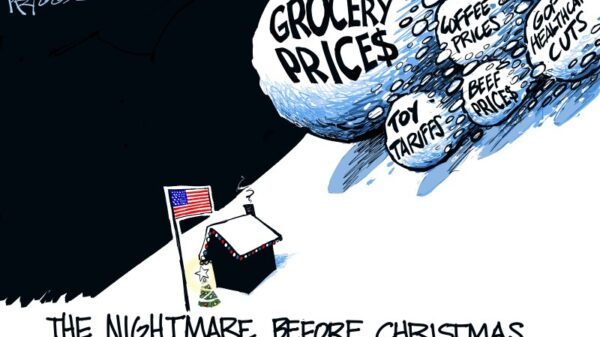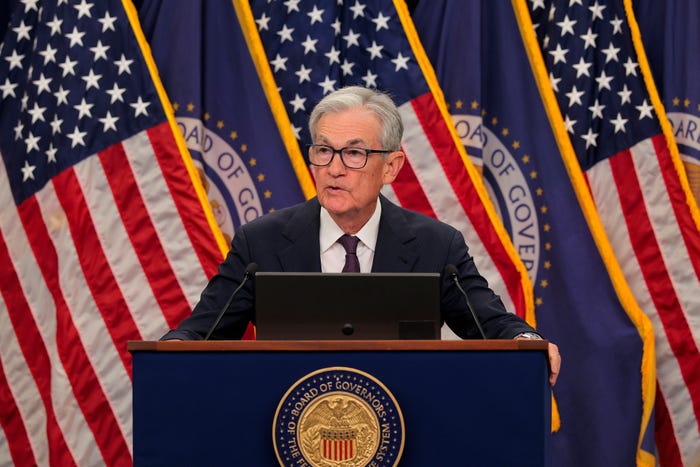UPDATE: The Federal Reserve is poised to announce a significant interest rate cut of 0.25% on October 4, 2023, amid an ongoing government shutdown that complicates economic data assessments. With a stunning 98% chance projected by CME FedWatch for this reduction, the implications for consumers could be profound.
As the government shutdown continues, critical economic indicators remain unavailable. The Bureau of Labor Statistics has not released the September jobs report, leaving the Fed without a full picture of the labor market. Nonetheless, Fed Chair Jerome Powell is expected to move forward with a rate cut to address the slow job growth and rising unemployment rates, despite inflation lingering at 3%, above the Fed’s target of 2%.
This potential rate cut marks the second reduction of the year and arrives at a crucial time for many Americans. With mortgage and credit card rates likely to decline, borrowers could see relief amid rising living costs. Financial analyst Stephen Kates from Bankrate stated, “Even if inflation reports fluctuate, the Fed is likely to prioritize the labor market’s deterioration in their decision-making.”
The circumstances surrounding this meeting are unprecedented. The government shutdown has delayed the release of vital economic statistics, including inflation data, initially scheduled for October 15 but now pushed to October 24. Without timely data, the Fed will rely on alternative indicators to guide its decisions.
The job market indicators preceding the shutdown suggest a weakening economy. Job openings have dropped, and unemployment is on the rise, which has raised concerns about consumer spending. Powell previously noted that the slowing labor supply and demand is “unusual,” advocating for a less restrictive monetary policy.
The potential impact of consecutive rate cuts could benefit many consumers. As the Fed reduces rates, mortgages, auto loans, and credit card rates typically follow suit. This could lead to lower borrowing costs for families eager to refinance or take out new loans. Kates warned, however, that high-yield savings account holders might see a decline in interest earnings as rates lower.
Not all members of the Federal Open Market Committee agree on the extent of the cuts needed. Some members have diverged from Powell’s conservative approach, with one calling for a more aggressive 1.25% rate reduction by the end of the year.
In a recent post on Truth Social, former President Donald Trump criticized the Fed’s cautious stance, labeling Powell as an “OBSTRUCTIONIST.” Trump’s comments underscore the pressure on the Fed to act decisively amidst economic uncertainty.
As the announcement approaches, consumers should prepare for potential changes in borrowing costs. A rate cut could stimulate spending in a sluggish economy, providing much-needed relief to those facing high prices and limited job opportunities.
Stay tuned for the latest updates as the Fed’s decision unfolds. This is a developing story that could have lasting effects on the economy and consumer financial health.






































































